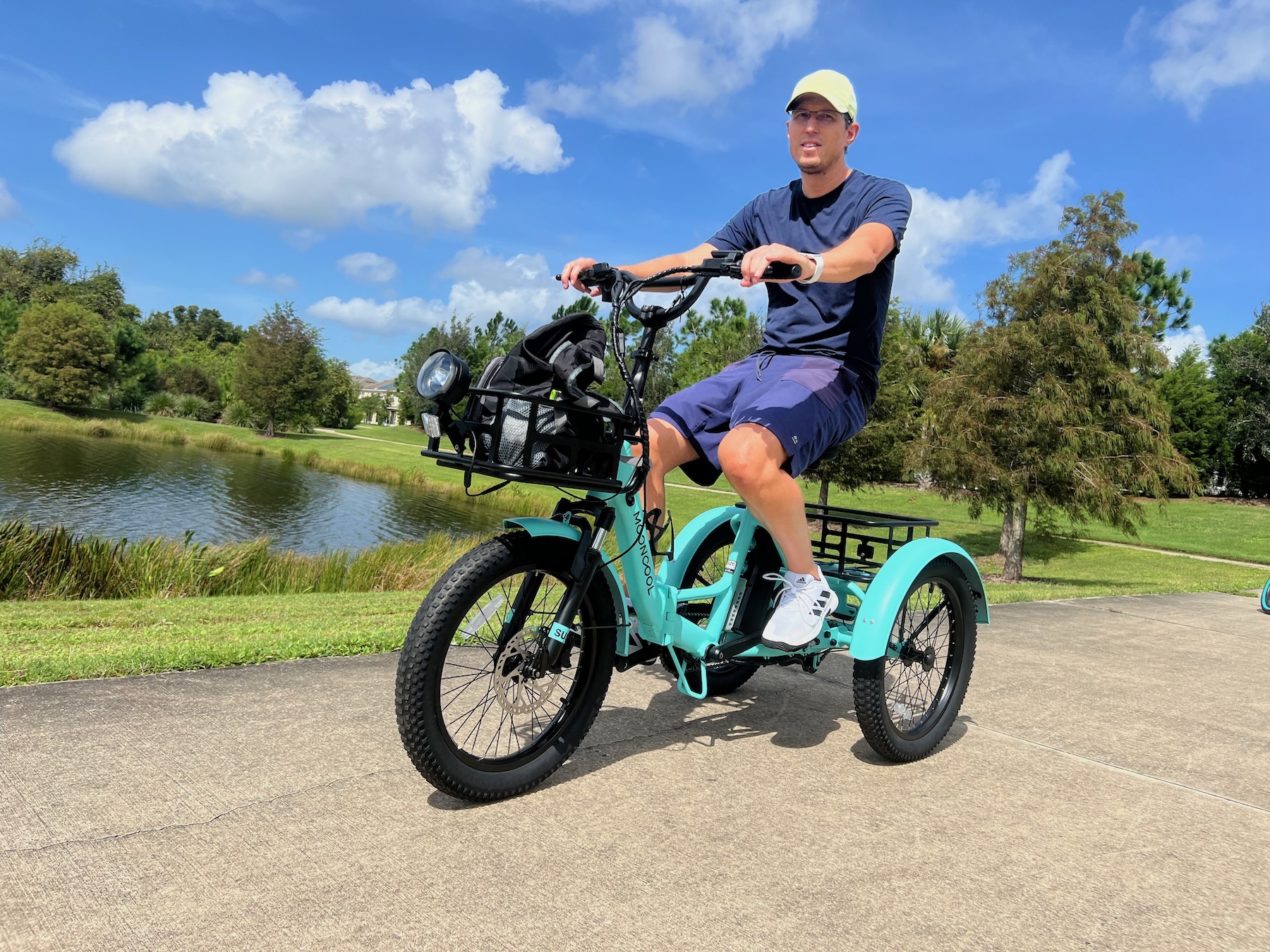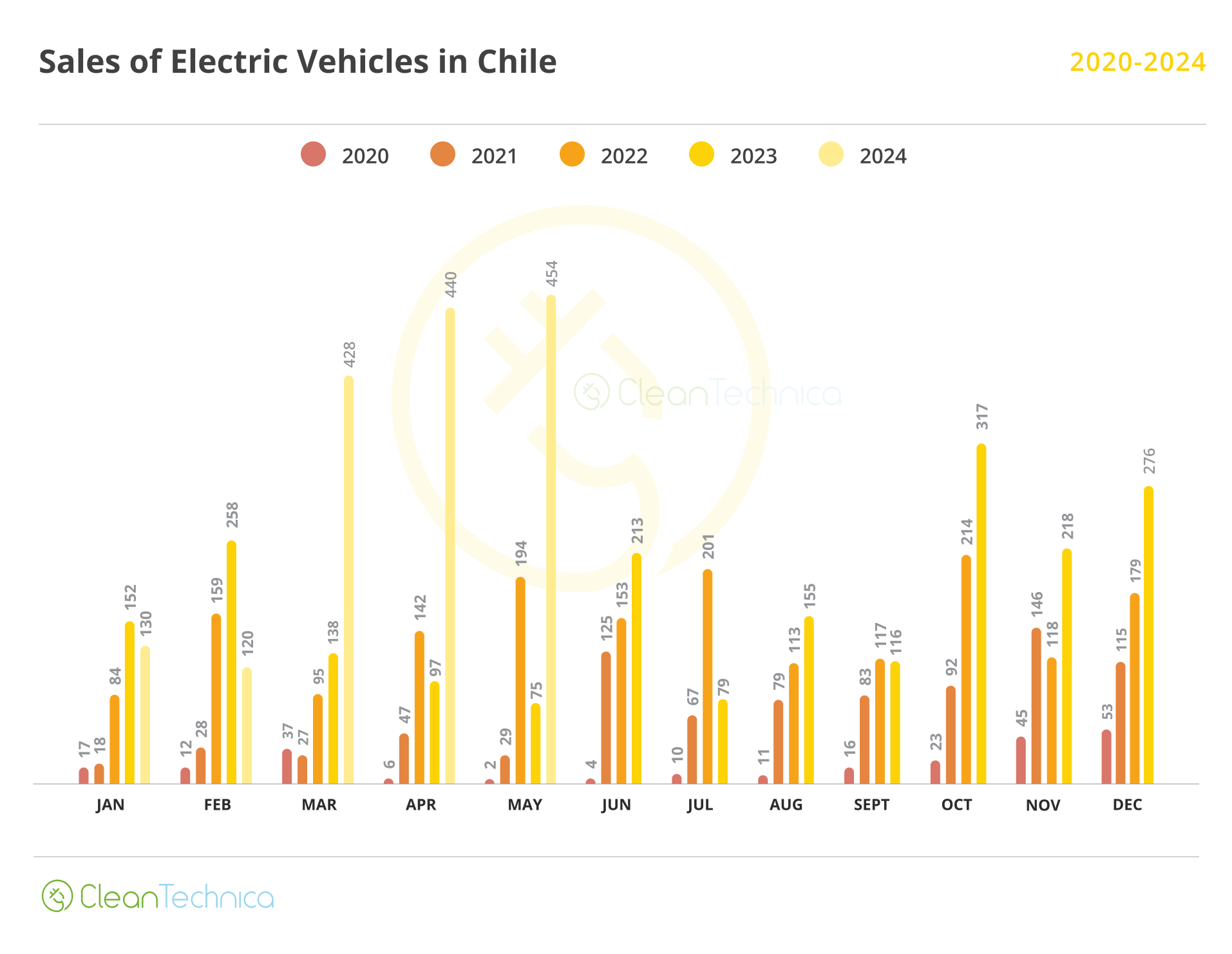
The US Department of Energy Loan Program Office has approved a $9.2 billion conditional loan for Blue Oval SK, a joint venture between Ford and SK On. The money is earmarked for the construction of three battery factories in the US, one in Tennessee and two in Kentucky. The factories are expected to provide jobs for 5000 hard working American construction workers and employ 7500 hard working Americans once they begin operations.
Combined, the total output from the three factories is expected to be 120 GWh of batteries each year to power future Ford and Lincoln electric vehicles. All those EVs, once they get into the hands of customers, are expected to displace 455 million gallons of gasoline per year for the lifetime of the vehicles powered by these batteries, according to a DOE press release.
This effort supports President Biden’s Investing in America agenda to onshore and re-shore domestic manufacturing of technologies that are critical to reaching the clean energy and transportation future, the DOE Loan Program Office says. Expanding domestic production of American-made batteries is critical to reaching the Biden administration’s goal of EVs being at least 50% of all new car sales in the US by 2030, of reaching net zero electricity by 2035, and of achieving a net-zero economy by 2050.
BOSK is actively engaging with local stakeholders to develop a diverse local workforce and network of suppliers. To ensure the availability of skilled labor for construction, BOSK is constructing the projects under project labor agreements. In addition, LPO works with all borrowers to create good paying jobs with strong labor standards during construction, during operations, and throughout the life of the loan, and to adhere to a strong Community Benefits Plan.
Additionally, through Ford’s workforce development team, BOSK is partnering with the Tennessee and Kentucky state governments to develop curricula that support new technical schools in both states to train members of the community for quality jobs at those facilities.
The project also supports President Biden’s Justice40 Initiative, which established the goal that 40% of overall benefits of certain federal investments, including LPO financing, go to DOE-identified disadvantaged communities (DACs). The Tennessee site is located in a DAC, and communities surrounding both Kentucky sites are identified as DACs.
The announcement is one of several recent LPO conditional commitments under the Advanced Technology Vehicles Manufacturing (ATVM) Loan Program in the last year, demonstrating LPO’s leadership in building a strong domestic supply chain for EVs.
The Fine Print
A DOE loan does not mean the government is handing out free cash that the companies are free to use as they please. While this conditional commitment demonstrates DOE’s intent to finance the project, several steps remain for the project to reach critical milestones, and certain conditions must be satisfied before DOE issues a final loan. The LDO has recently announced several other provisional loan guarantees that will be used to insure the supply of critical mineral and battery supply chains that involve mineral processing, battery manufacturing, and battery recycling in the United States.
The DOE’s Advanced Technology Vehicles Manufacturing program helped Tesla stay in business when it was struggling to get the Model S into production. Tesla paid that loan back ahead of schedule, but what if it didn’t get that money when it needed it? The EV revolution might have turned out quite differently if Tesla had not led the way.
More recently, the program helped fund the construction of a new lithium-ion battery factory being built by a joint venture between General Motors and LG Energy Solution. Other recent recipients include Redwood Materials and Li-Cycle, to help them build battery recycling facilities in America.
“It’s going to help make great EVs available to more customers while powering thousands of good paying jobs and American manufacturing,” Ford Treasurer Dave Webb said in a statement. “Major technology transitions have always been accelerated by collaboration between the public and private sectors. The DOE’s foresight here will help do the same for the transition to zero emissions transportation.”
According to The Verge, the ATVM program was created by Congress during the George W. Bush administration, when it allocated $25 billion “to provide low cost debt capital for fuel efficient vehicle and eligible component manufacturing in the United States.” In addition to Tesla, Nissan has also received funding through the program.
So has Ford. In 2009, at the height of the recession, the company received $5.9 billion to renovate factories across the country and improve its vehicles’ energy efficiency. Part of the plan included retrofitting its factories to make more fuel-efficient compact cars rather than big gas guzzlers. Ford struggled to get the debt off its balance sheet. Documents filed by Ford show the company owed payments of $591 million in 2020, $591 million in 2021, and $289 million in 2022. As of this year, the loan has been completely repaid.
Cynics may question how that loan to Ford turned out. Since 2009, Ford has stopped manufacturing all of those energy efficient models. My colleague Jo Borrás grumps in an email that Ford likes to disguise government bailouts as “loans.” Back in 2009, it crowed that it was the only major American automaker that didn’t get a government bailout. As usual, Jo has a point.
Reuters reports that the Inflation Reduction Act that was enacted last August without any support from Republican-controlled states like Tennessee and Kentucky creates a new $45 per kilowatt battery production tax credit. Ford CEO Jim Farley said last October that from 2023 to 2026, “we estimate a combined available tax credit for Ford and our battery partners could total more than $7 billion.”
The Takeaway
As one of my colleagues here at CleanTechnica remarked, $9.2 billion is a boatload of money. It is indeed. No doubt there will be pushback from the right, which is dominated by folks who want no stinking electric cars on the roads at all. They would probably cheer if the government mandated everyone in America buy a 3/4 ton “dualie” pickup truck with a diesel engine.
We have no idea if Ford will repay this loan in a timely fashion and cannot hazard a guess as to whether this represents a wise investment by the US government. “Time will tell,” is an old expression that may apply here. Ever since the ill-fated Solyndra experience during the Obama administration, the government has been super cautious about making these loans. Nobody wants to give any more fodder to opponents to attack the loan program. On balance, this is good news for EV advocates.
Sign up for daily news updates from CleanTechnica on email. Or follow us on Google News!
Have a tip for CleanTechnica, want to advertise, or want to suggest a guest for our CleanTech Talk podcast? Contact us here.
Former Tesla Battery Expert Leading Lyten Into New Lithium-Sulfur Battery Era — Podcast:
I don’t like paywalls. You don’t like paywalls. Who likes paywalls? Here at CleanTechnica, we implemented a limited paywall for a while, but it always felt wrong — and it was always tough to decide what we should put behind there. In theory, your most exclusive and best content goes behind a paywall. But then fewer people read it! We just don’t like paywalls, and so we’ve decided to ditch ours. Unfortunately, the media business is still a tough, cut-throat business with tiny margins. It’s a never-ending Olympic challenge to stay above water or even perhaps — gasp — grow. So …





